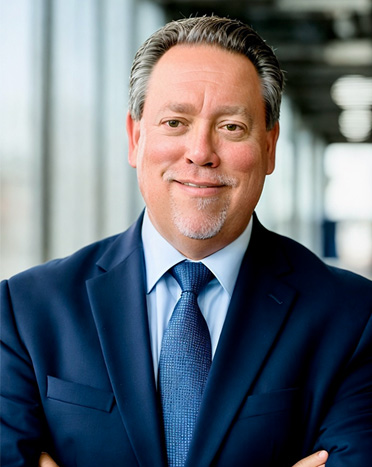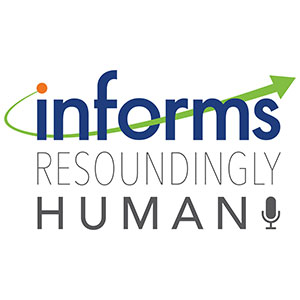
Did Israel's thermal bombs vaporize Gazan bodies and turn them into ash?
Months ago, a user of the Quora website - a platform for asking questions and communicating with people - asked a question about the reasons for not using “thermal bombs” - also known as “vacuum bombs” - in the battle of the tunnels in the Gaza Strip.















